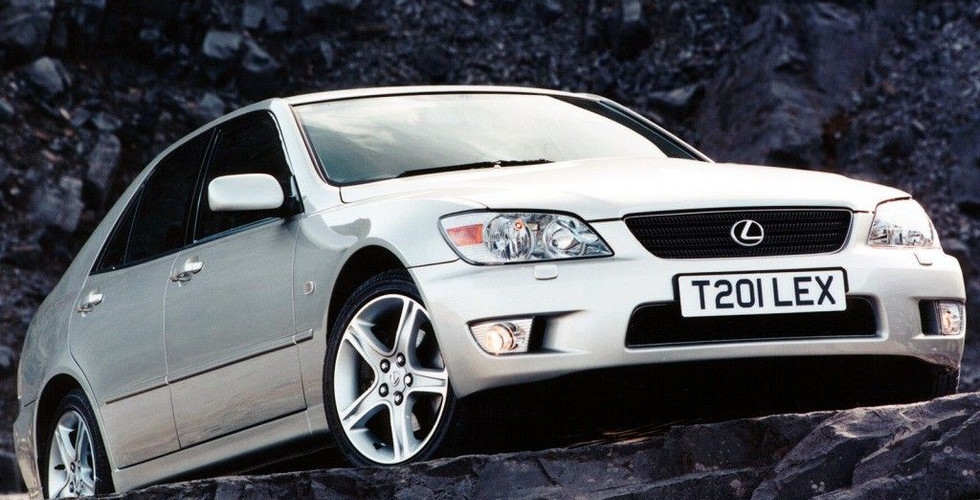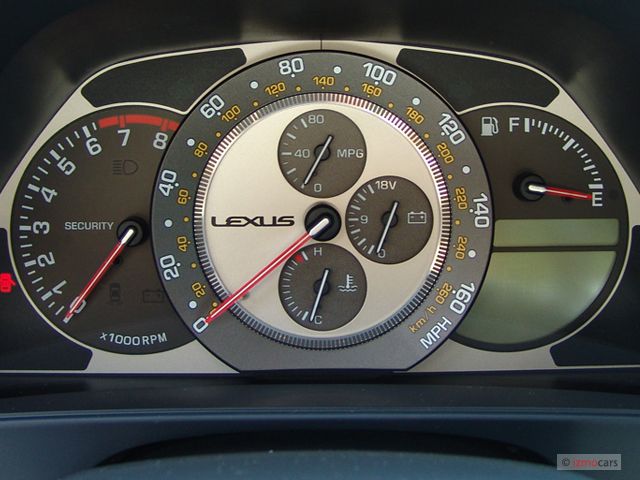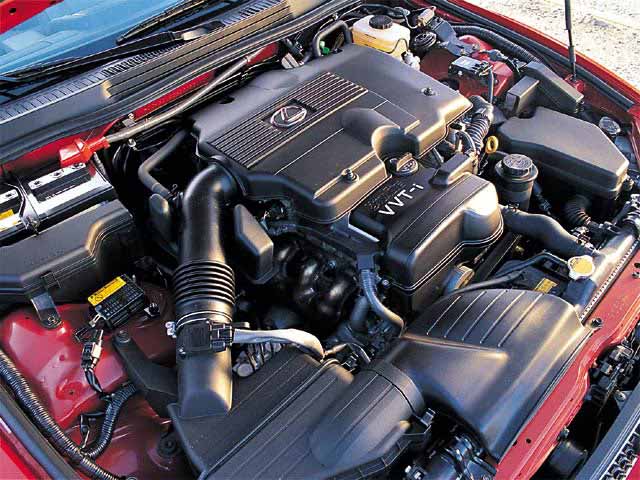A sporty Lexus? Say it ain't so! It ain't.
- Preeth Kumar

- Aug 23, 2019
- 3 min read
It was September of 1999 and 6-8 weeks had passed since I had subscribed to Car and Driver. My first issue came in and the cover article was the late and great Dan Schroeder’s about the industry’s obsession to dethrone the BMW E36 M3. I remember that article distinctively saying the Audi B5 S4 had the right stuff to dethrone the M3. I didn’t think so for a second. About 50 feet away from me, while reading that article, was my fathers E36 M3. I had a deep love affair with that car. It sounded great. It had M Contour wheels, which I think are some of the prettiest wheels to ever be produced. The S52 motor had this perfect torque curve that just made the car rip. Everything about that car was perfect, except for the fact that it wasn’t mine!
Fast forward about 1.5 years. I finally have my drivers license and car brands are still fighting over who will take over the M3’s reign of class champ. And a competitor appears out of nowhere. Lexus? A sports sedan? No way.
The Lexus IS300 could never match the motorsport heritage or visceral feel of the E36 M3, but Lexus’ marketing department sure made it seem like it was a contender. At the time, there was a glut of Japanese sports cars - Toyota had the Celica, Supra, & MR2; Honda had the S2000, Prelude, & Civic Si; Acura had the Integra Type R & the NSX. But, Lexus was a conservative car company whose core audience was an older demographic. Were they really going to jump into this battle? And if they did, were they going to be any good?
The first generation IS300 was revolutionary in design. It took elements of what made the B5 S4 and E36 M3 look great - an aggressive front bumper, a modern distinguished rear end, a proper length wheelbase, and a sharp set of 17 inch 5 spoke wheels. And then there were the taillights. The IS300 was known as the Toyota Altezza in Japan, and one of its most identifiable features were the rear taillights which exposed the skeleton of the rear tail lights behind a clear lens - the lighting assembly created its own trend known as Altezza lights. Lexus adopted these lights on many of their models, and it creeped as far as GMC, who added them to their Yukon and Denali models.
The interior was sparse, but the one thing that stands out to this day - the chrome metal ball shift knob. At the time, a chrome metal shift knob was reserved for exotics. Not a Lexus! The gauge cluster was also remarkable. It looked like the inner workings of a beautiful mechanical watch. Oh, did I mention, the car also came with a 6 speed manual transmission?
On my way to the Lexus dealership. In my mind, I kept asking myself, “This is Lexus. Are they really going to make a “sporty” car? Why would they even want to make a sports car?” This was the time before every manufacturer was obsessed with the Nurburgring & creatingmarketing of having the sportiest car around. This was a time when different brands had identities that they stuck with, since they were happy with their existing customer base & only focused on poaching customers from rival cars in the same segment- not to approach an entirely new market segment.
The test drive proved my initial thoughts as the car was neither inspiring nor boring. The steering felt disconnected. The transmission was smooth, but the gearing felt uninvolved & not sporty at all. The pedal placement felt awkward. The car didn’t feel balanced at all. The seating position was too high & the car was neither slow nor fast.
So why do I think the IS300 is a future classic? Because the car helped reopen the floodgates of the sports sedan market in America. After the IS300 came out, Mercedes placed more emphasis on their AMG cars & also made their C class sportier. BMW upped the ante on their 3 series with the ZHP option & their cars became sportier in general being more on par with their M counterparts. Acura came out with the sporty TSX. Subaru & Mitsubishi brought their sport sedans, WRX & Lancer, respectively, stateside.
The success of the IS300 showed the car companies that there was a high demand for sports sedans & that poaching customers from different market segments was possible. Brands that traditionally maintained a luxury car identity, realized there was a thirst for sportiness and you could slowly see a shift in the identity of brands, i.e. Cadillac with their CTS-V. What a breath of fresh air & ideas.
Our pick would be to take an IS300 in Red with a 6 speed. Add a ton of suspension work and slap some Volk TE37 in white on there.















Comments